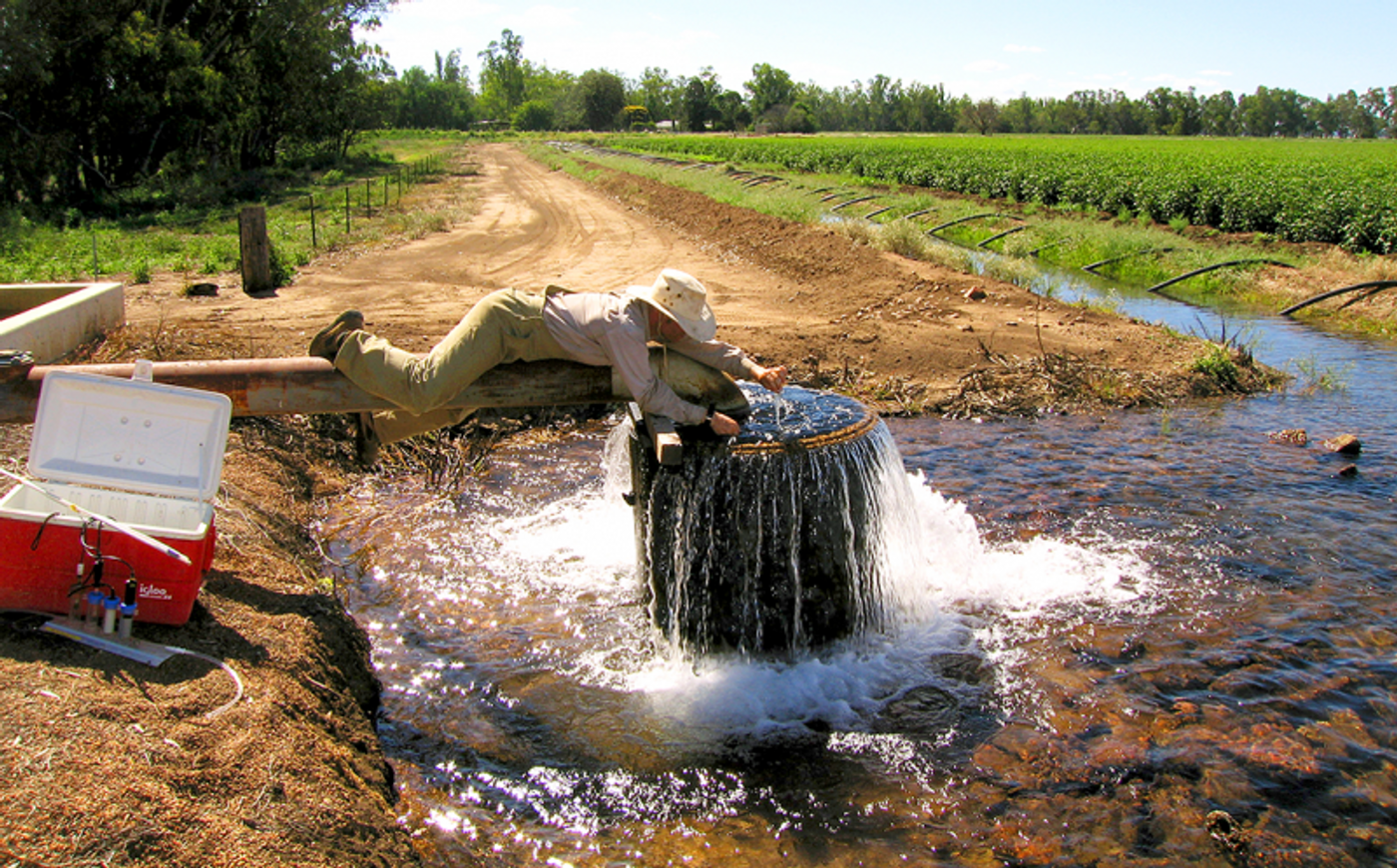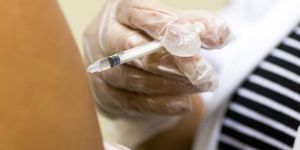This bacterium can fight dangerous groundwater contaminants
A new study published in Environmental Science & Technology Letters highlights the effectiveness of a bacterium called Azoarcus sp. DD4 (DD4) at degrading specific toxic contaminants that threaten United States groundwater sites. This bacterium has been found to be effective in degrading 1,4-dioxane and 1,1-Dichloroethylene (1,1-DCE), industrial solvents that are the by-products of many cosmetics and home cleaning products. The EPA has classified the solvents as “likely carcinogenic”.
The remediation involved in the cleanup of groundwater sites with these toxic chemicals poses a huge challenge – especially because the pairing of both 1,4-Dioxane and 1,1-DCE makes them resistant to previously discovered remediation strategies, such as using naturally-occurring microbes to degrade the chemicals. The special feature of Azoarcus sp. DD4 (DD4) is its ability to degrade both of the solvents when they are in each other’s presence. The study comes from New Jersey Institute of Technology (NJIT).
"Nationwide, researchers have found that more than 80% of the groundwater sites contaminated with 1,4-dioxane also contain 1,1-DCE," said Mengyan Li, assistant professor of chemistry and environmental science at NJIT. "This pair of chemicals are toxic and costly to remove from the environment because the pair have very different properties that typically require separate treatment solutions. Biodegradation by DD4 is the first biological method we have found for treating both compounds concurrently, and it is also environmentally-friendly and cost-efficient."
So where did this bacterium come from? The team of scientists discovered DD4 in samples of activated sludge from a municipal wastewater treatment facility. By isolating DD4 and integrating it into field samples, Li and his team saw just how effective the bacterium was at degradation.
"Overall, we were impressed by the performance of DD4," said Li. "We did not add nutrients like ammonia for the microbe to feed on, or other facilitators that might enhance the bacterium's activity. This demonstrated to us the potential of this bacterium for future use in the field."
In addition to DD4’s degrading capabilities, it also has huge potential because of the way it disperses in water. Instead of aggregating, DD4 takes up the space it is released into, which bodes well for bioremediation scenarios. Furthermore, it grows quickly and can live for a long time with little food.
While the researchers are still undergoing feasibility tests for DD4, Li is hopeful about the future for this bacterium. He says his team could likely even start field demonstrations at contaminated groundwater sites as early as next year.
Sources: Science Daily, Environmental Science & Technology Letters









